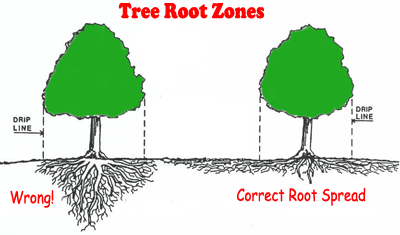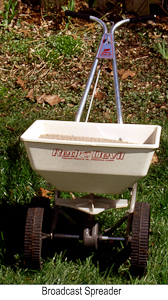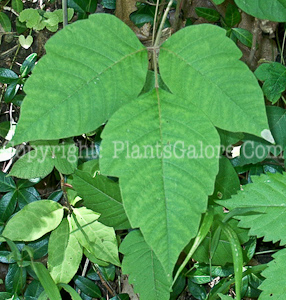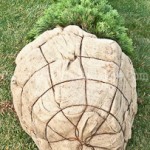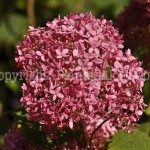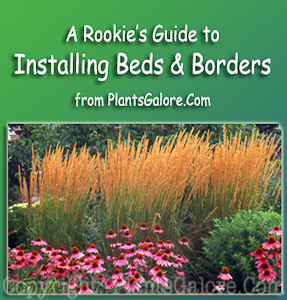 Landscape design is both an “Art” and a “Science”. The Art part deals with factors that influence how the human eye will perceive the elements in your garden. It is the subjective side of the design process based on how “most people” will respond to the way you arrange the softscape (living things, primarily plants) and hardscape (non-living elements) in your beds and borders. This process was discussed in detail in the first eBook in this series, “A Rookie’s Guide to Designing Beds and Borders“
Landscape design is both an “Art” and a “Science”. The Art part deals with factors that influence how the human eye will perceive the elements in your garden. It is the subjective side of the design process based on how “most people” will respond to the way you arrange the softscape (living things, primarily plants) and hardscape (non-living elements) in your beds and borders. This process was discussed in detail in the first eBook in this series, “A Rookie’s Guide to Designing Beds and Borders“
For purposes of this eBook we will assume that you have gone through a planning process and have either designed or have had someone else design your new beds and borders. You should have either meticulous drawings or at least a rough sketch of your new landscape on hand. This should, of course, include a detailed list of plants and hardscape features that will be included in your new or revised landscape.

